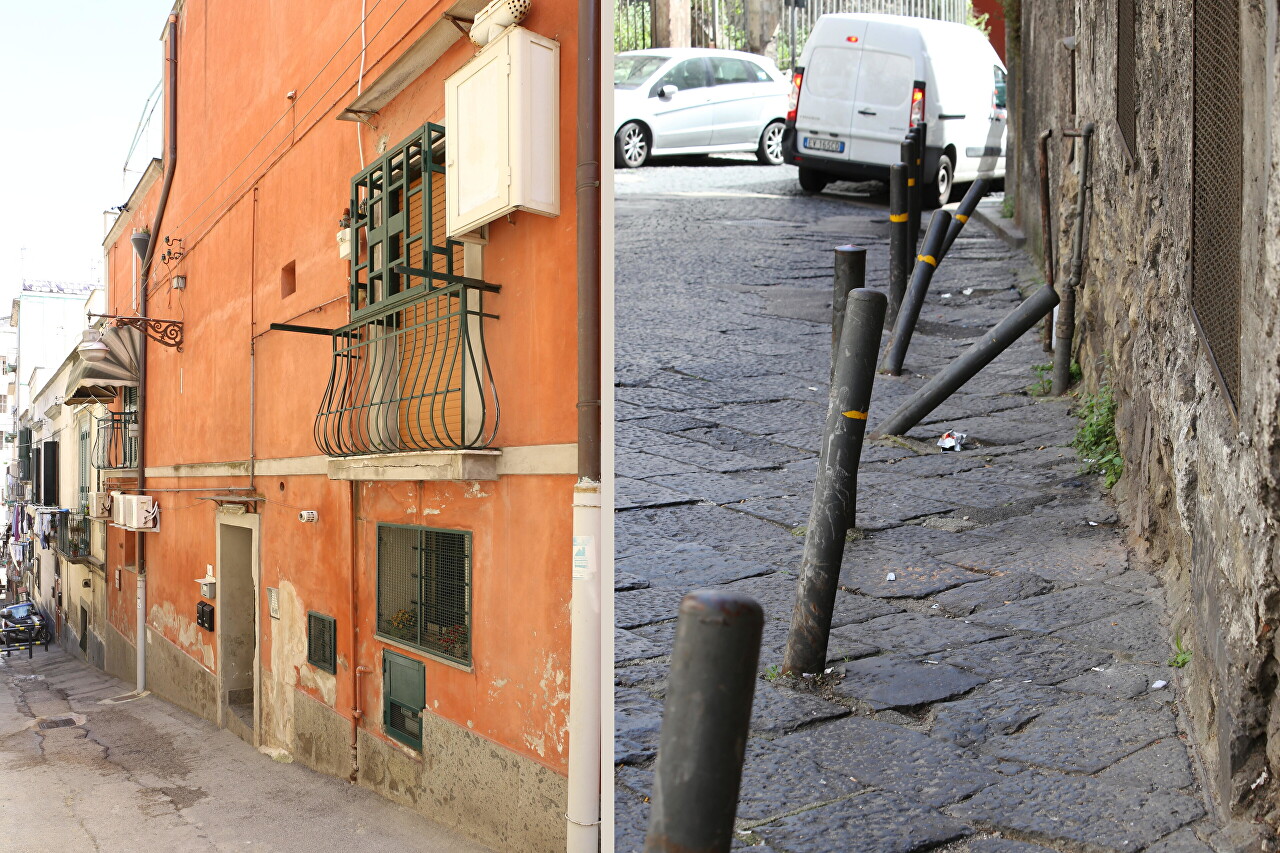Spanish Quarters History and Architecture
If you turn off the respectable Via Toledo into one of the narrow alleys on the west side of the street, you will find yourself in a completely different world, which is associated with many legends and horror stories that it is not safe for tourists to go there. Indeed, the narrow canyons of streets formed by the shabby walls of houses without architectural frills evokes associations with the slums of New York, known from crime films of the seventies. The notoriety of these quarters was formed in the 16th century, and nowadays, as the guidebooks say, you should not go here alone, and even more so with expensive photographic equipment. Nevertheless, I ventured into one of these creepy alleys, and then my interest took me deeper into the quarter. But first, a few words about its history, and how it became the criminal center of the capital of Southern Italy. The development of the eastern slope of the hill on which the castle of San Elmo is located began in the 16th century on the instructions of Marquis Pedro Álvarez de Toledo y Zúñiga, Viceroy of Naples, who ruled on behalf of the Habsburgs. The area was intended to house the Spanish garrison guarding the castle and performing police functions in the city, suppressing any attempts to rebel against the occupation. For this, in fact, he got his name Quartieri Spagnoli. In addition, houses were built here at the expense of the treasury for the poor, who moved in large numbers to Naples from the surrounding villages, now it can be called social housing. Naturally, such an environment contributed to the development of a variety of vices, many drinking establishments appeared here, where gambling was going on day and night, gangs of youngsters robbed passers-by, and Neapolitan women from poor families sold their bodies to soldiers for love pleasures for mere pennies. The authorities tried to fight these phenomena, the same Pedro de Toledo passed a law prohibiting prostitution, but it had no effect. The following attempts to stop crime in the area were also unsuccessful. By the 18th century, the military was no longer in the Spanish Quarter, their place was taken by numerous immigrants, which also did not contribute to improving the situation. Eventually, the Spanish quarters became a supplier of personnel for the Neapolitan Camorra mafia, which recruited militants and drug dealers among the poor.
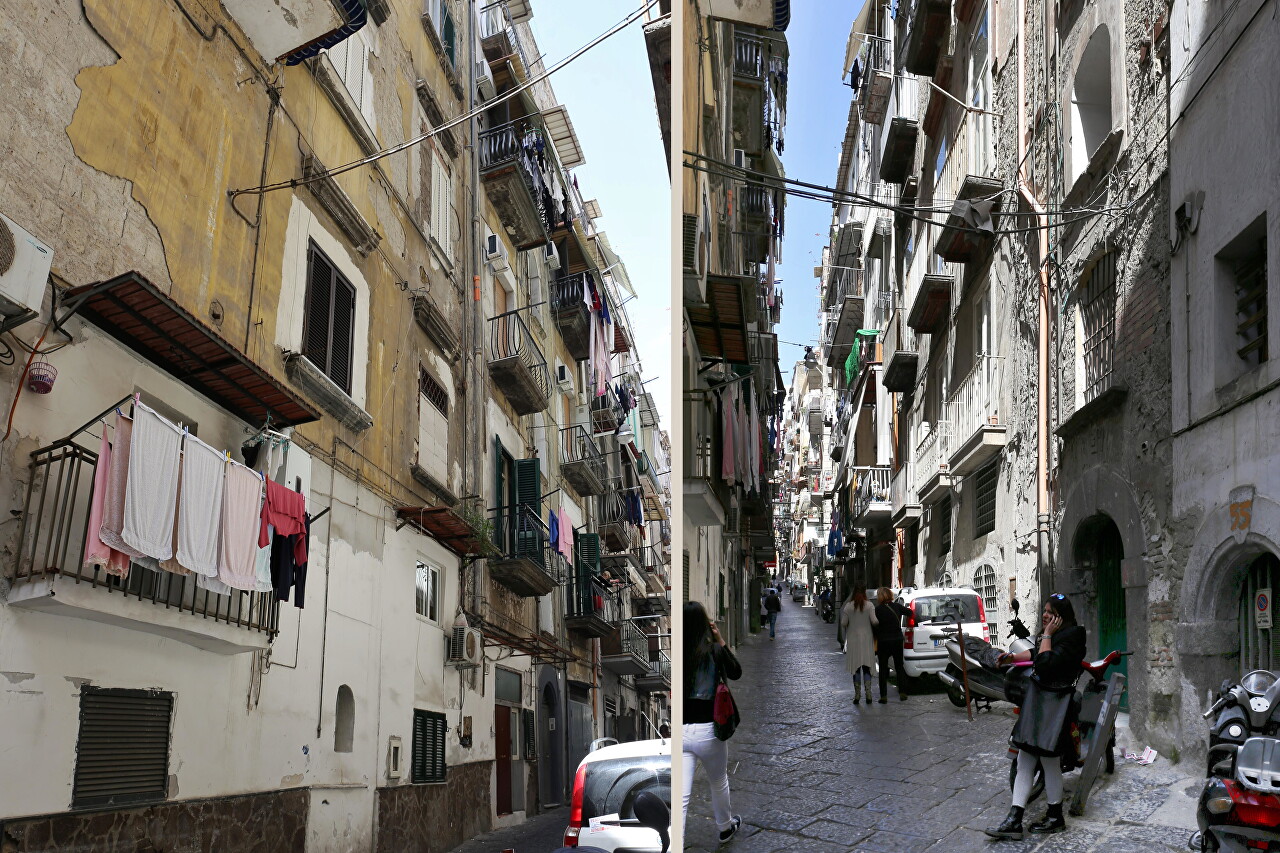
..
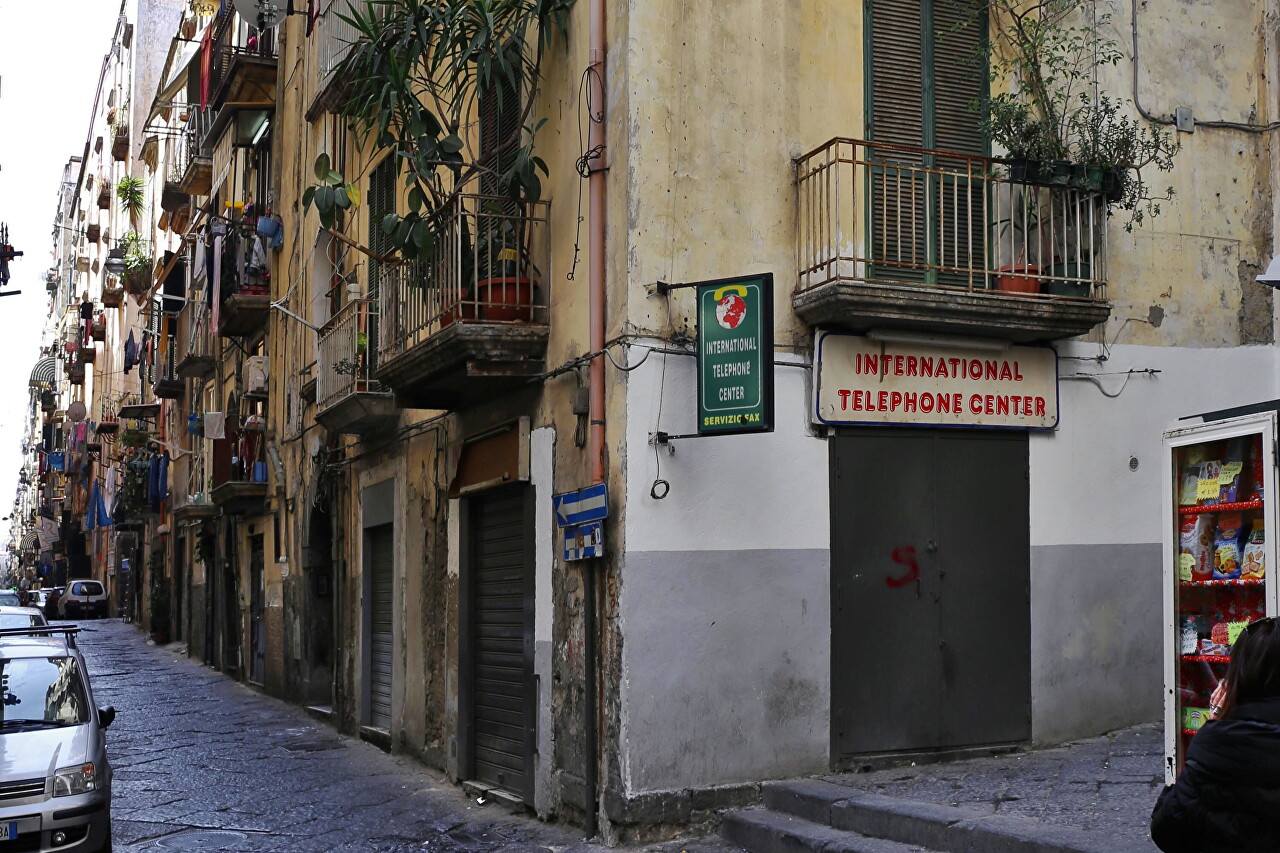
..
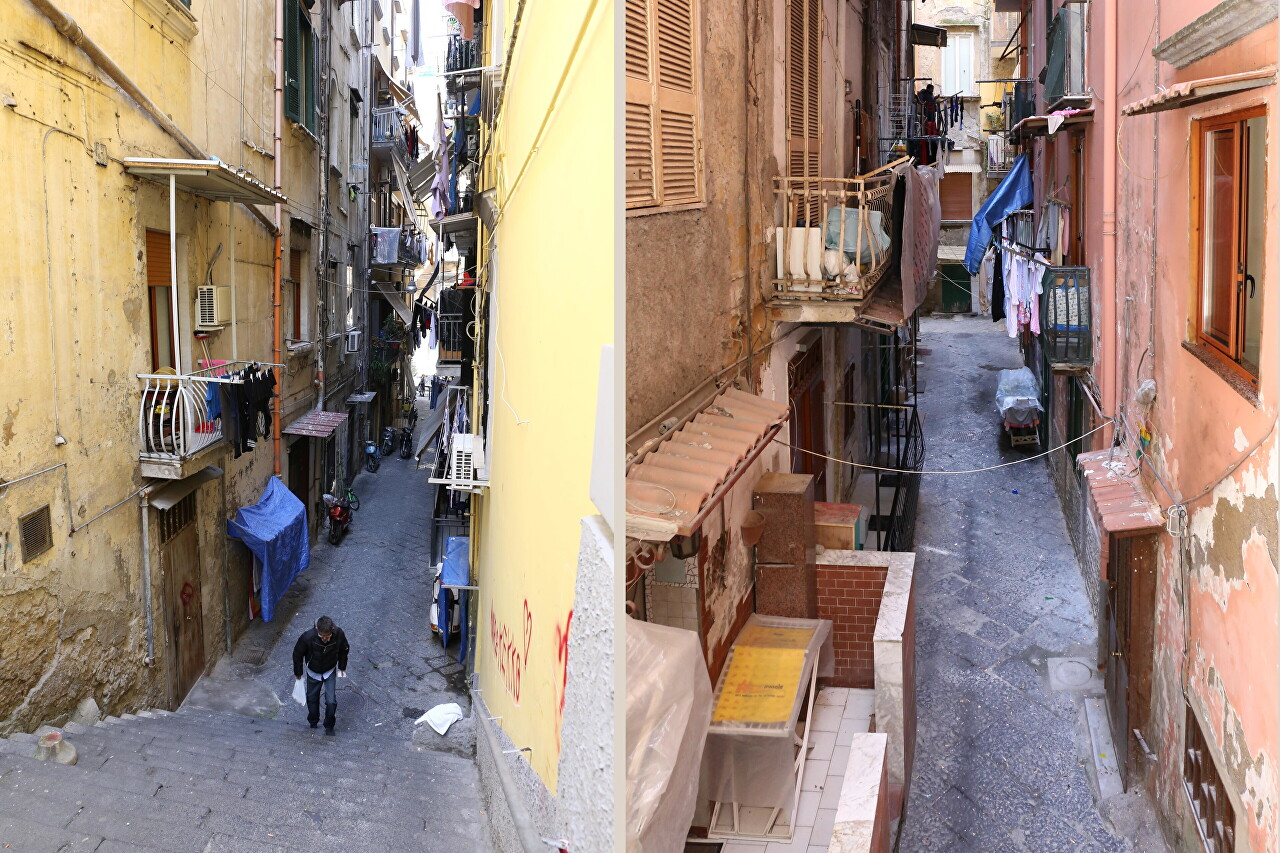
..
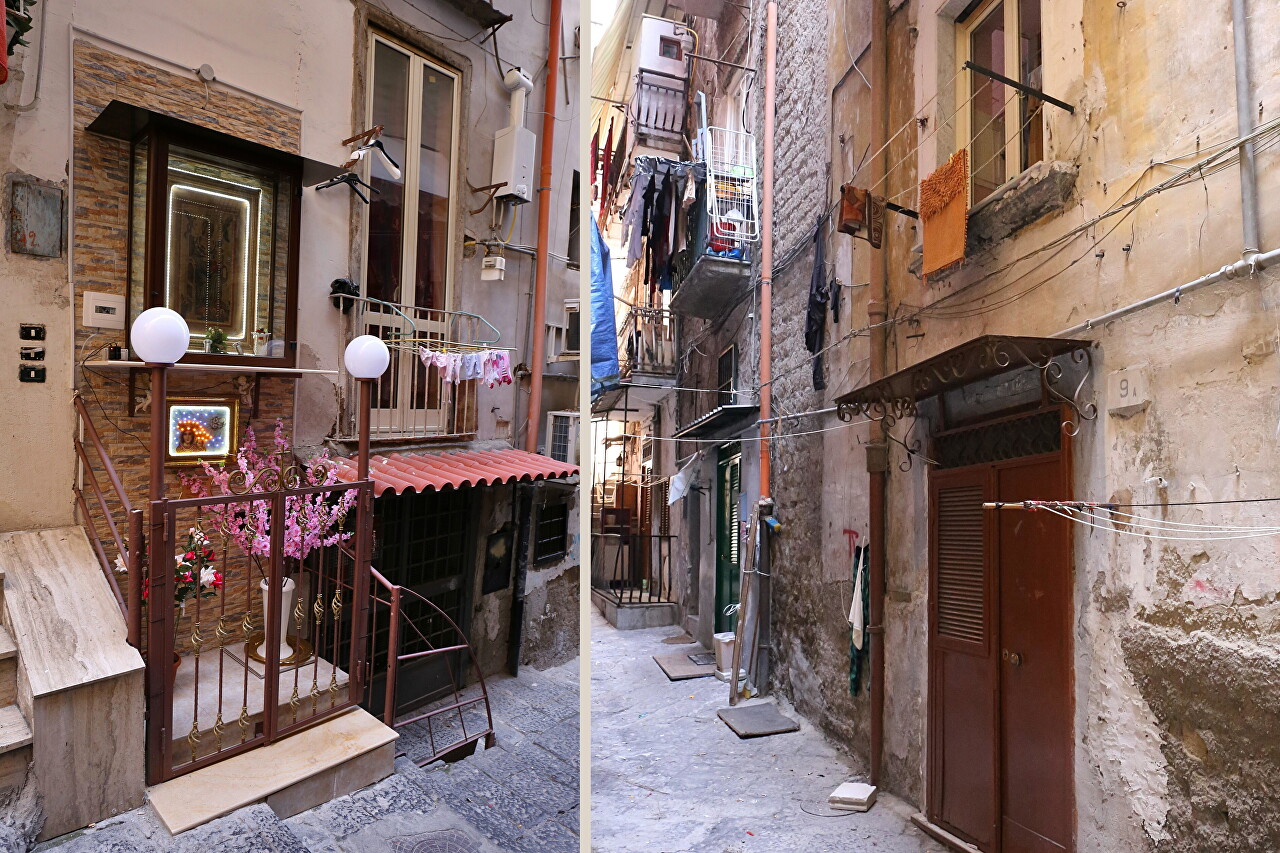
..
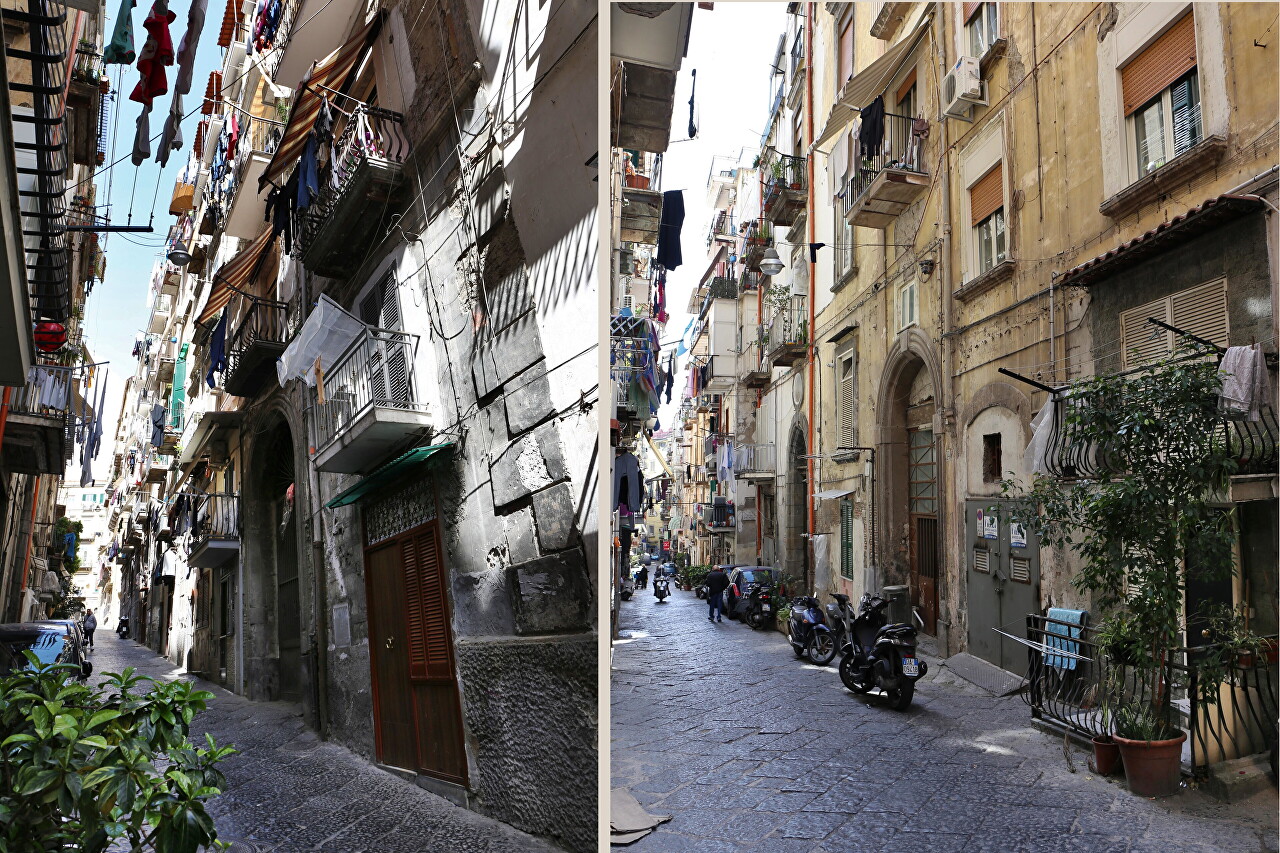
..

..
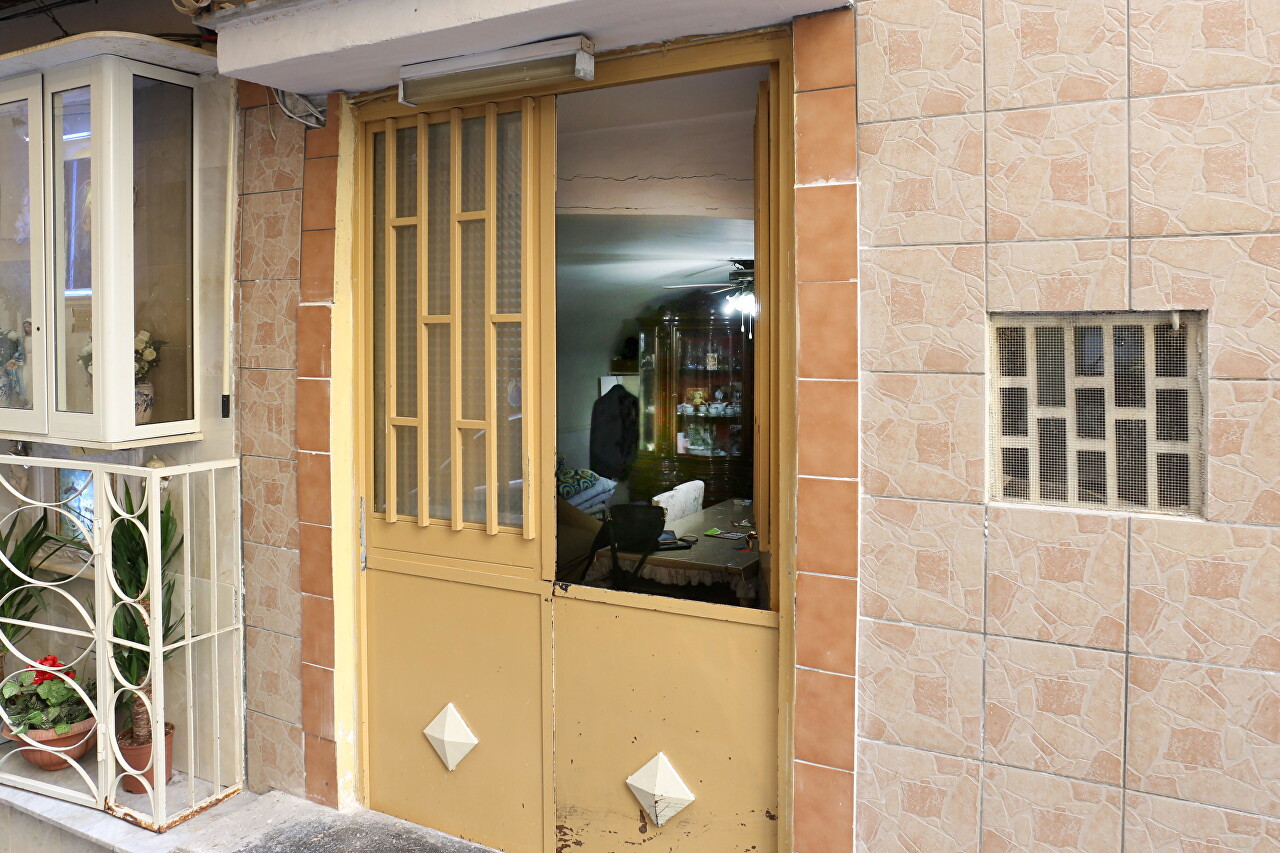
..
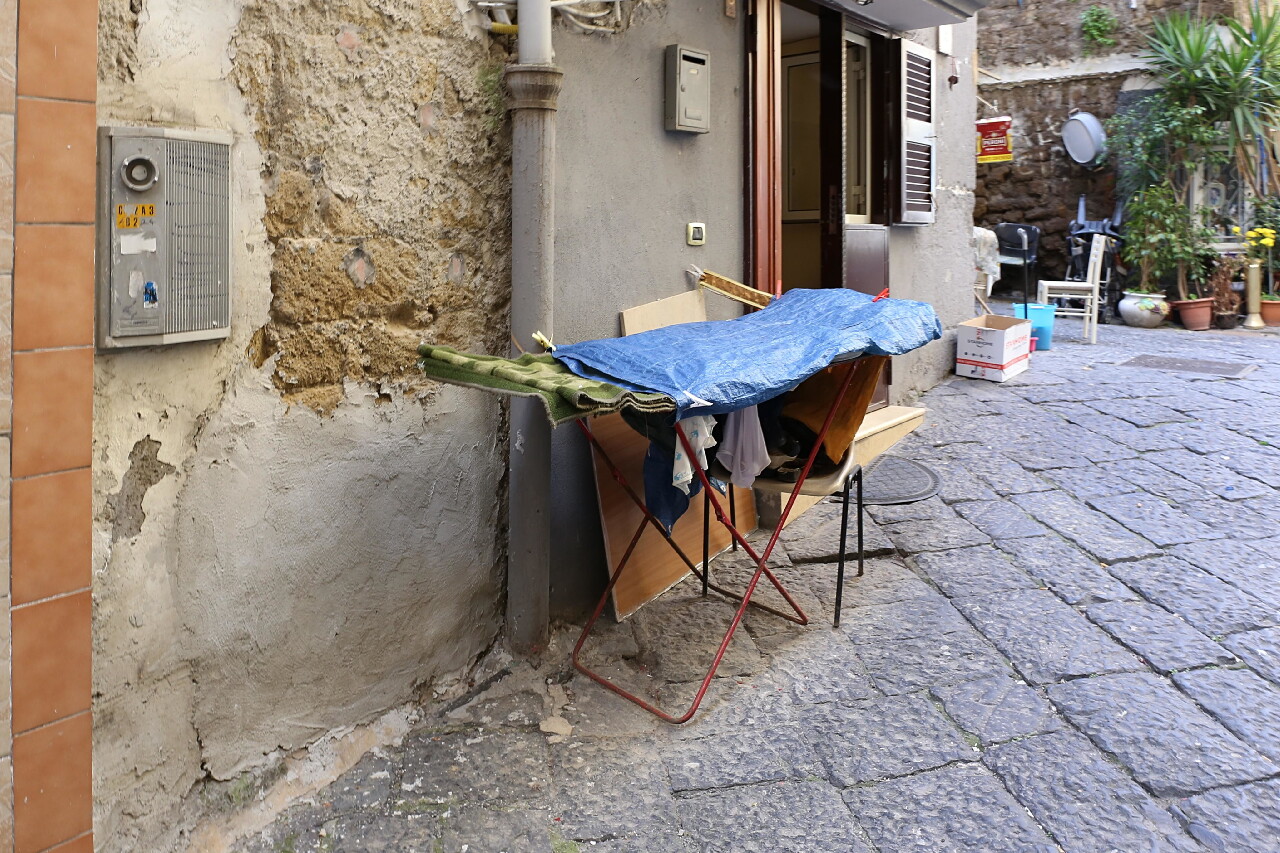
..
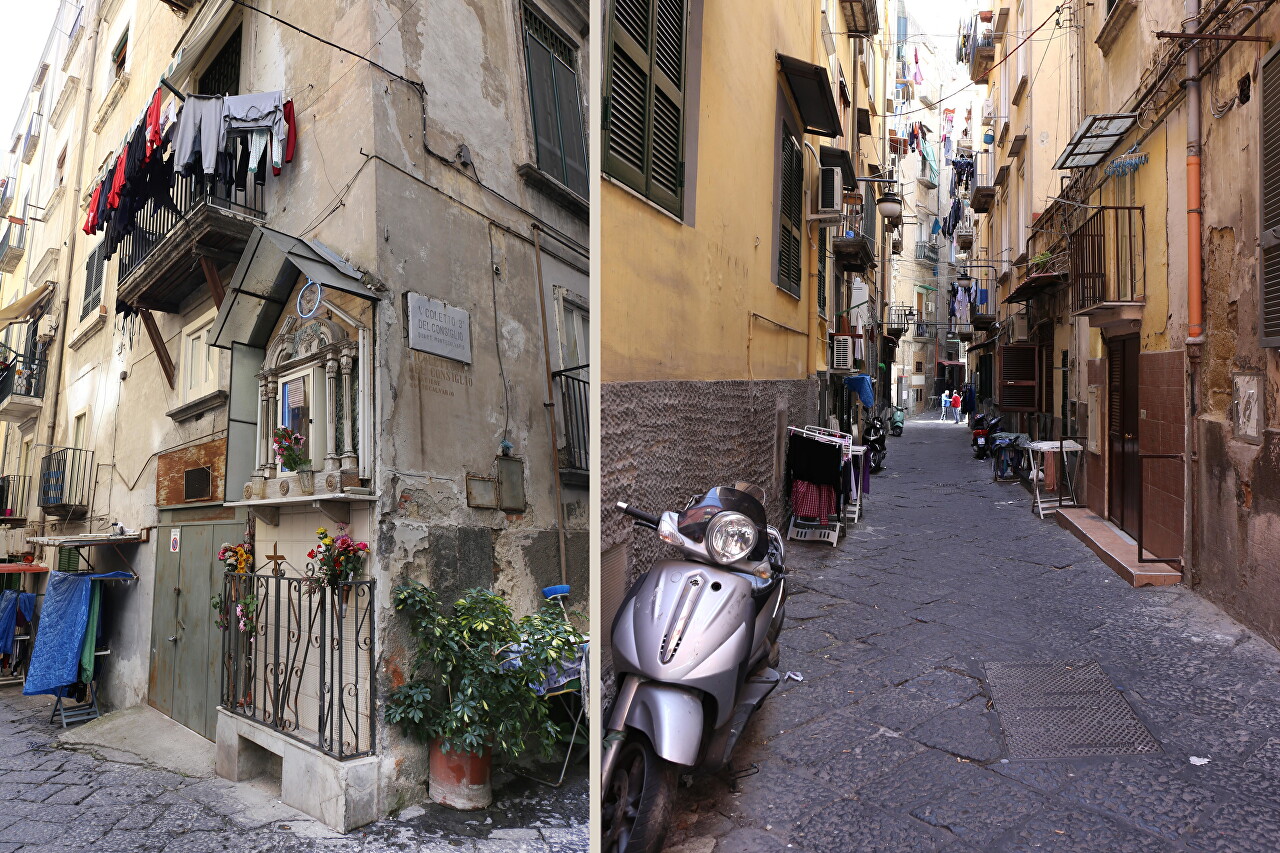
..
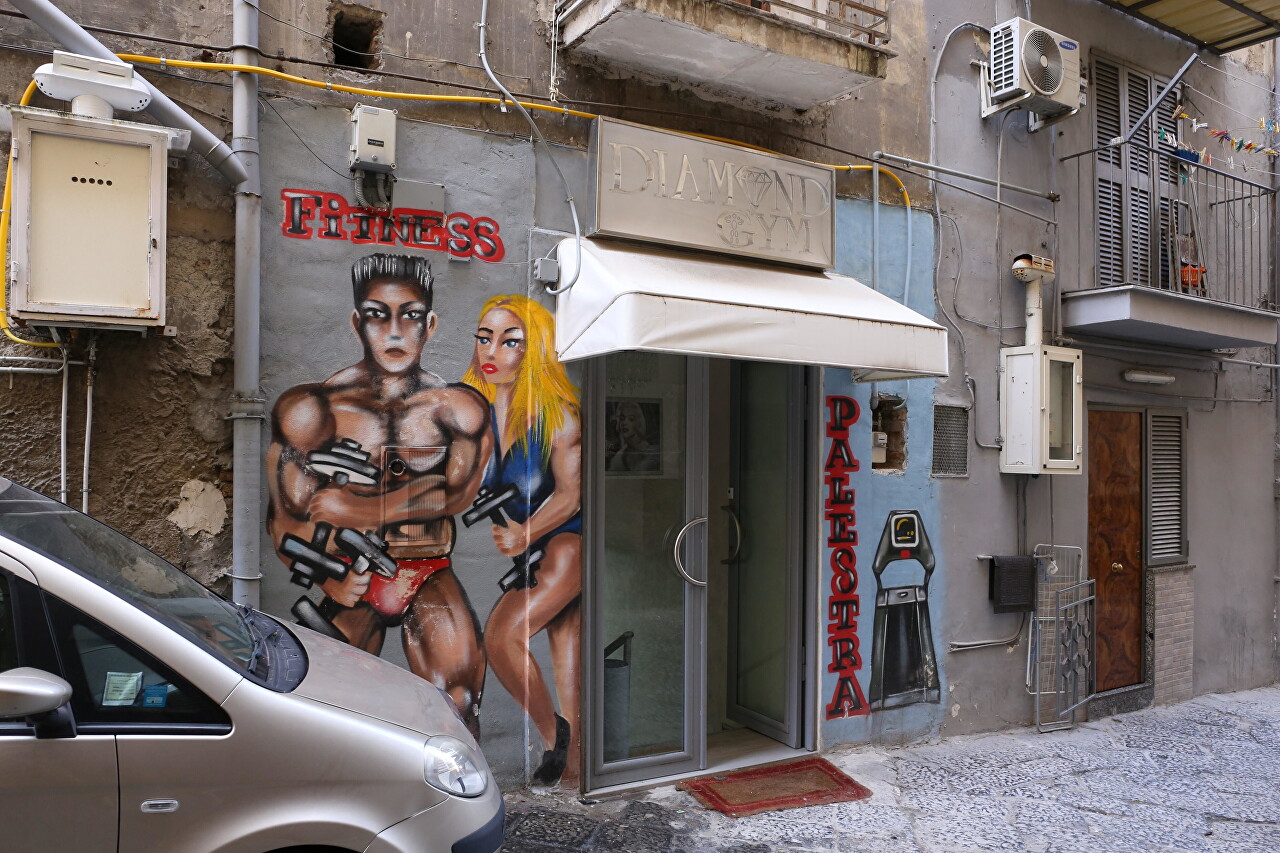
..
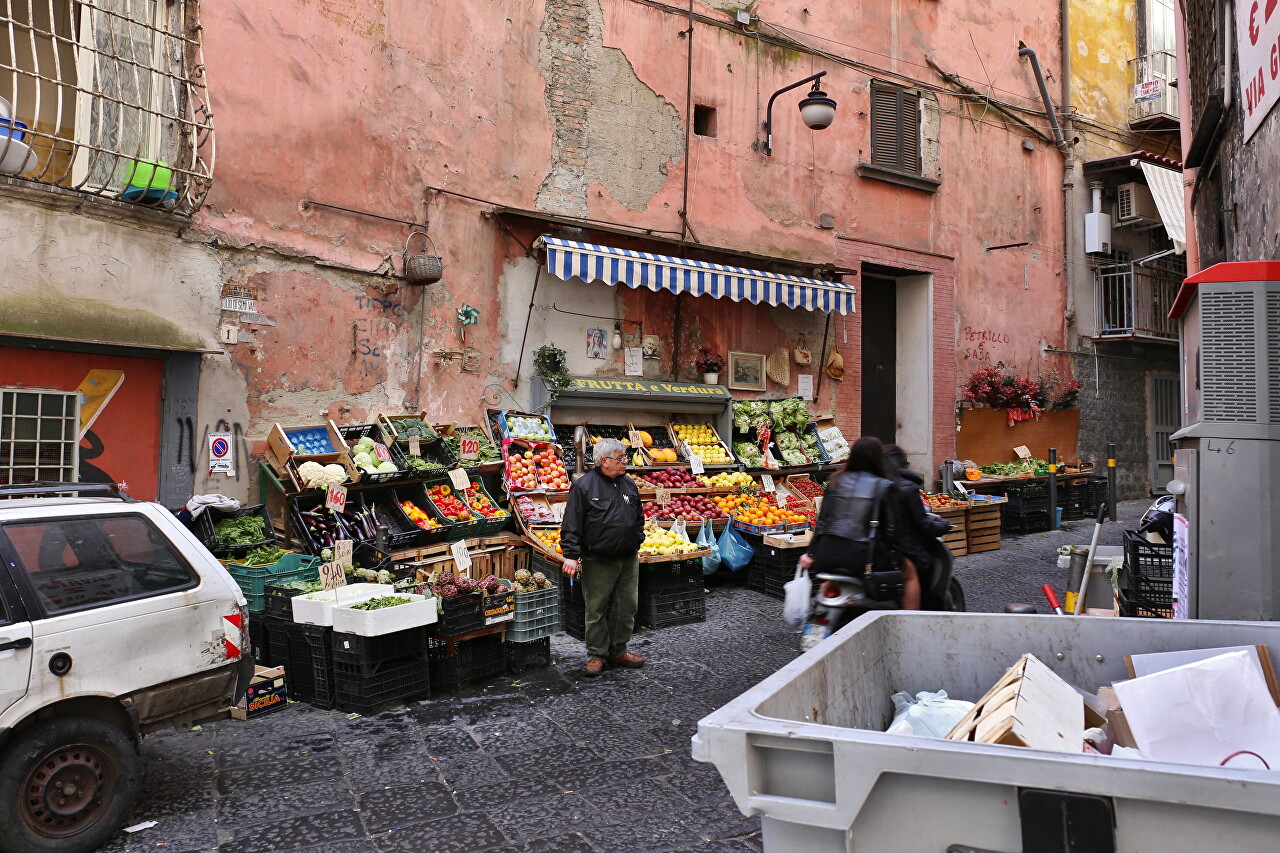
..

..

..
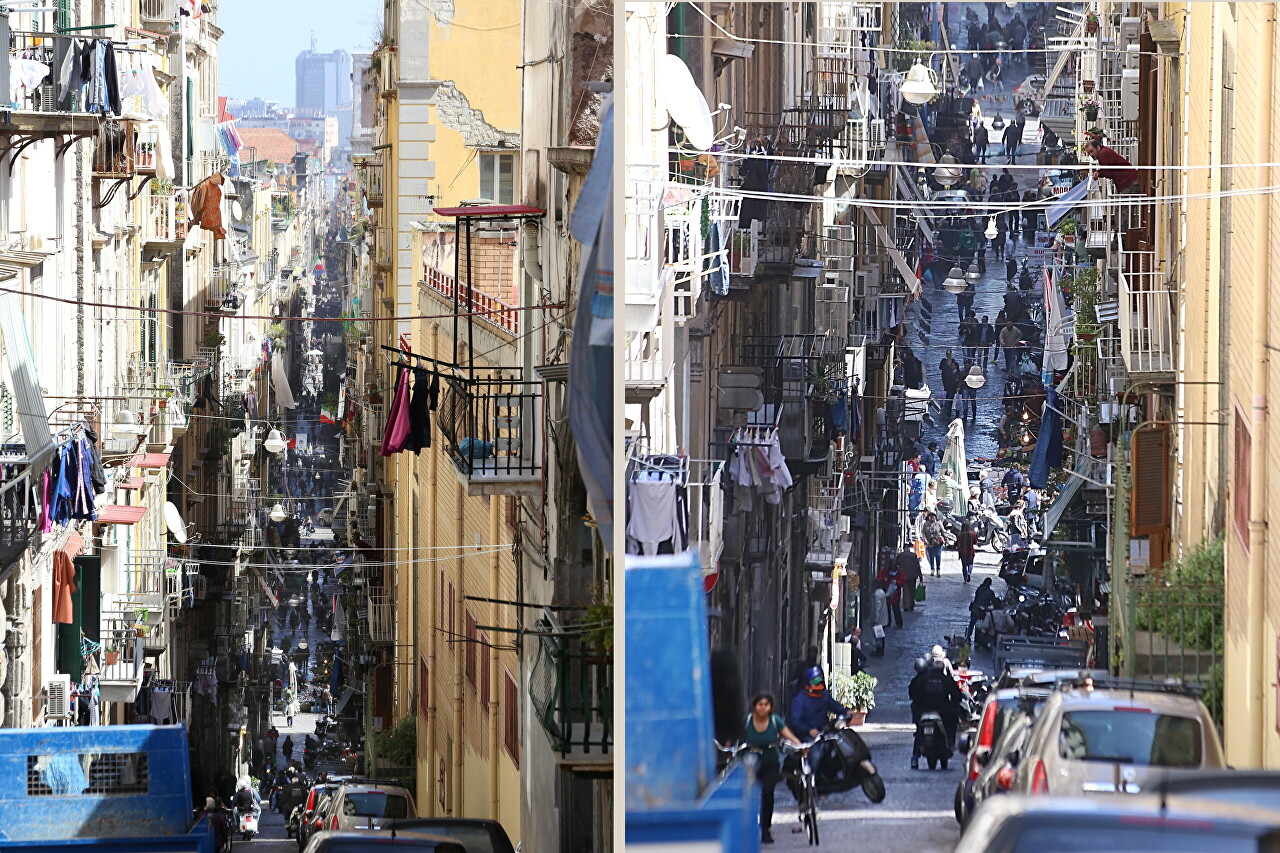
..
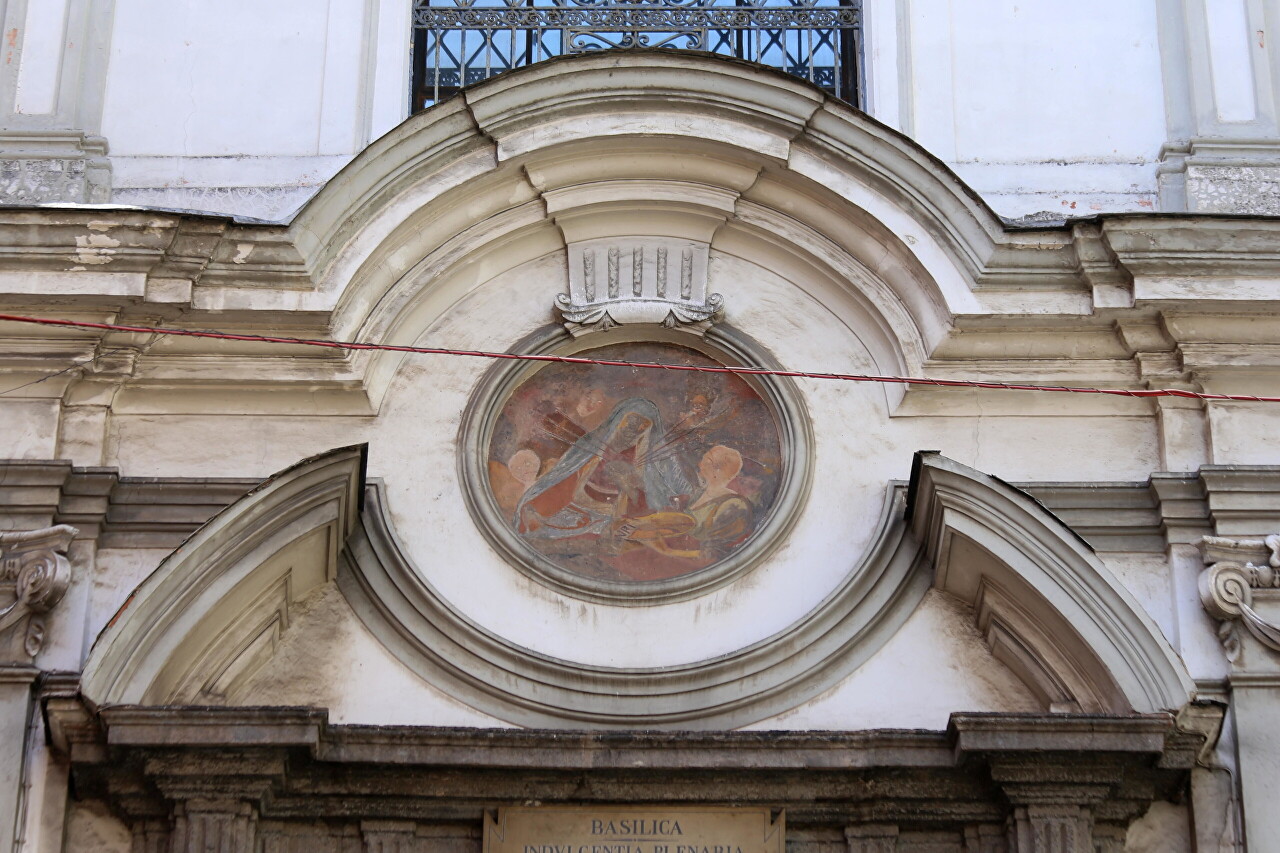
..
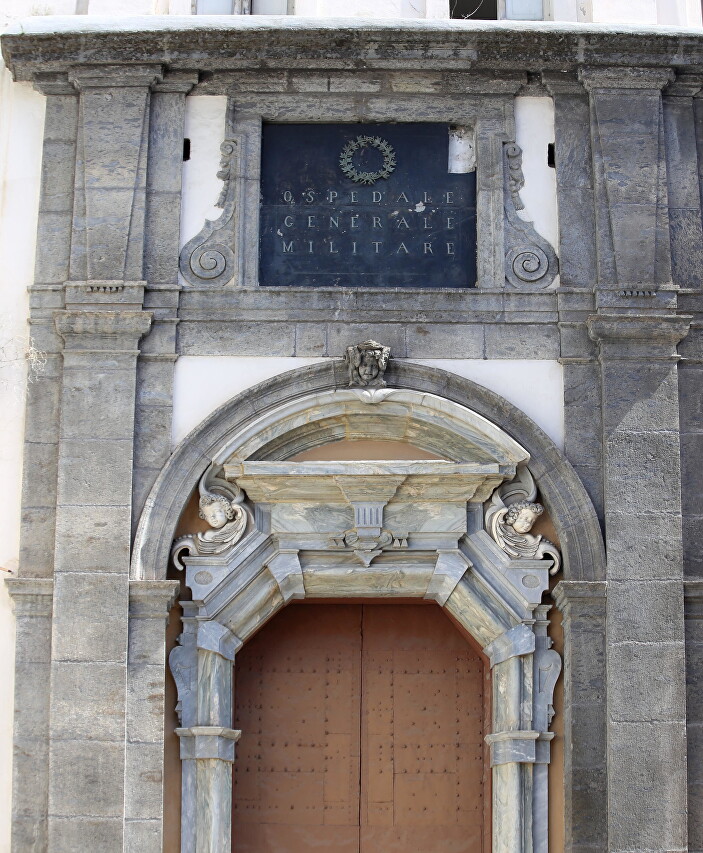
..
